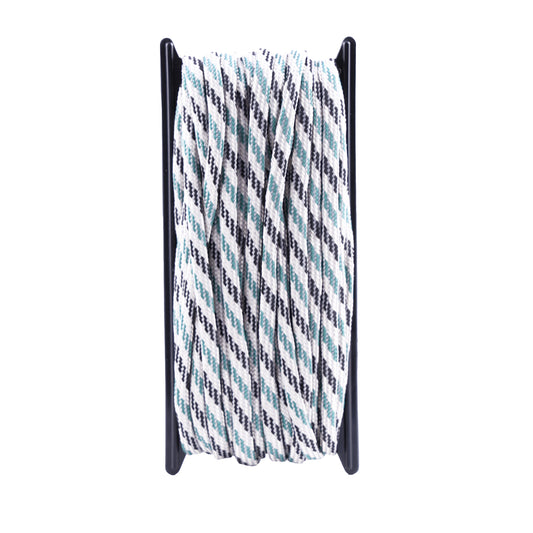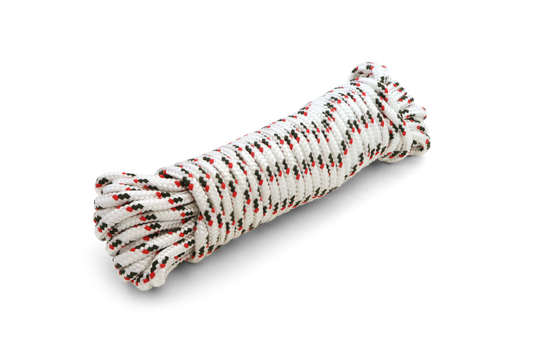
5 Knots Every Camper Should Learn
Knot tying is an invaluable skill when it comes to being outdoors. Whether you're securing gear or rigging up a clothesline, knots find themselves onto our campsites in many different ways. Taking the time to learn some of the most versatile knots – and when to use them – means you can tie them once and get on with your adventure!









